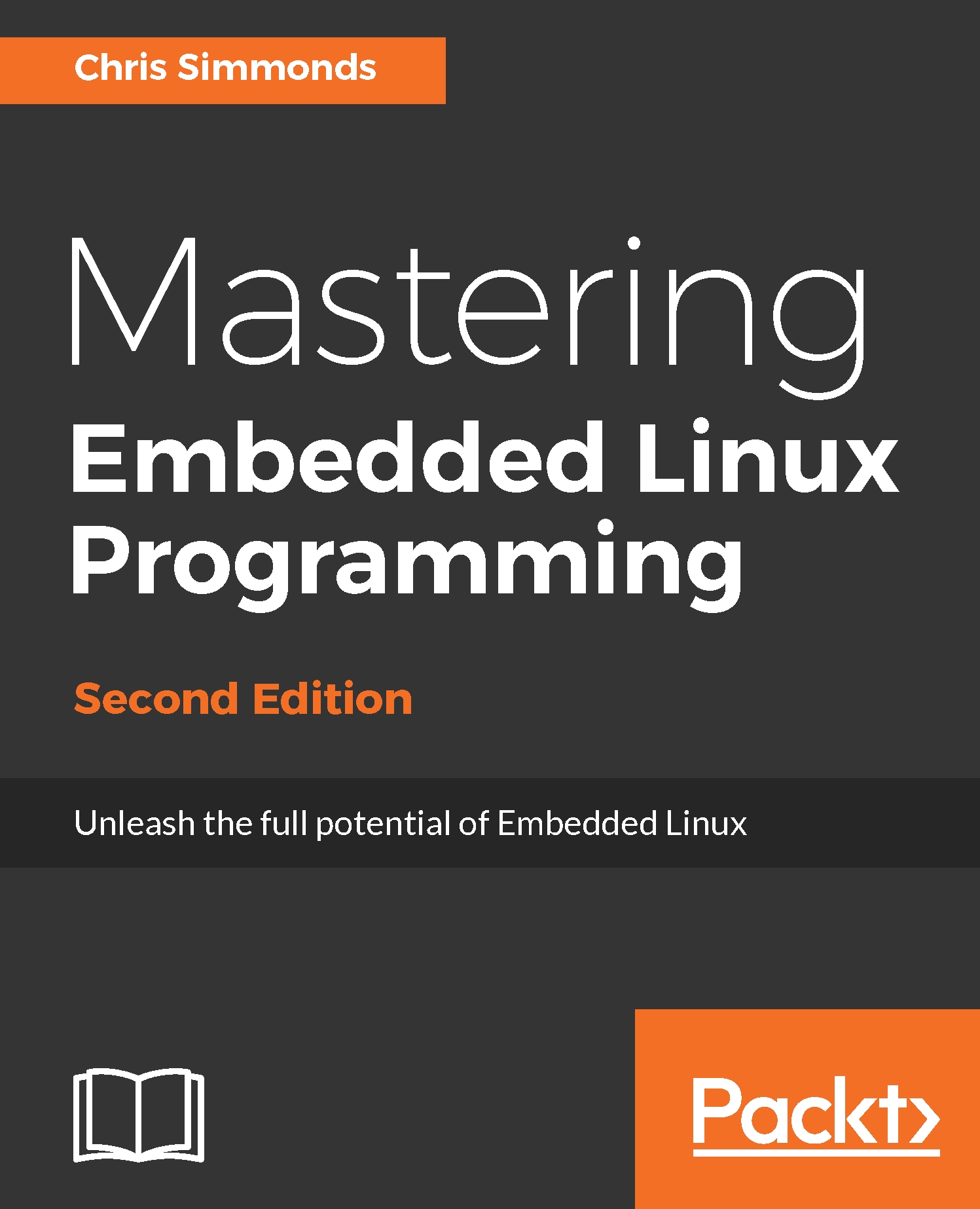Device drivers have the job of handling devices, usually physical hardware but sometimes virtual interfaces, and presenting them to user space in a consistent and useful way. Linux device drivers fall into three broad categories: character, block, and network. Of the three, the character driver interface is the most flexible and therefore, the most common. Linux drivers fit into a framework known as the driver model, which is exposed through sysfs. Pretty much the entire state of the devices and drivers is visible in /sys.
Each embedded system has its own unique set of hardware interfaces and requirements. Linux provides drivers for most standard interfaces, and by selecting the right kernel configuration, you can get a working target board very quickly. This leaves you with the non-standard components for which you will have to add your own device support.
In some cases...


